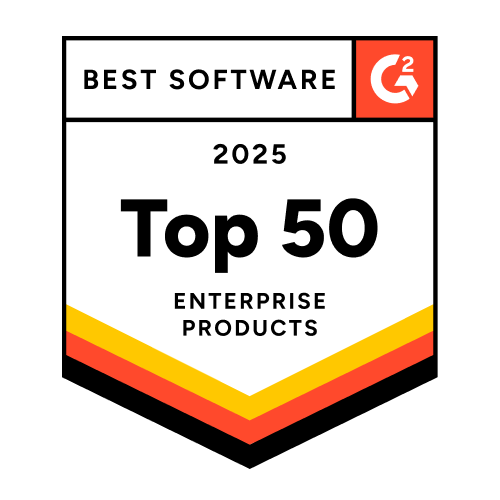What is Omnichannel Personalization?
Omnichannel personalization means tailoring every customer’s experience to their preferences across all touchpoints, including web, email, SMS, app, and in-store.
For example, if someone adds shoes to their cart online, then later visits your app, you show them relevant shoe offers, keeping their journey connected and seamless, no matter how or where they interact.
Why use Omnichannel Personalization?
- Sharpen campaign performance: Activate unified customer profiles to trigger highly targeted, channel-specific messaging, raising conversion rates and revenue measurably.
- Reduce friction and churn: Connect data between digital and physical touchpoints so no interaction feels disconnected, resulting in fewer abandoned carts and more repeat purchases.
- Accelerate optimization: Analyze behaviors in real time across all channels, empowering your team to rapidly update content and offers based on actual outcomes, not assumptions.
Omnichannel vs. Multichannel vs. Cross-Channel
| Approach | Autonomy | Context | Integration | Learning | Example |
| Omnichannel | High—channels unified | Shared | Yes, real-time | Adapts to each | Website, email, and in-store data updates influence each other |
| Multichannel | Separate channels | Limited/shared | No, siloed | Minimal | Email and ads run independently with separate targeting |
| Cross-Channel | Some connected channels | Partial | Only select channels | Basic | Email triggers retargeting ad, but no broader data sharing |
FAQs
Start by unifying all customer data into a single platform (like a CDP), so you can track preferences and behaviors across channels. See steps at How to achieve omnichannel personalization.
Omnichannel personalization connects all touchpoints using unified data, creating a seamless experience, while one-to-one personalization usually focuses on a single channel.Learn more at What is One-to-One Personalization?
It benefits both. Small brands can start by linking their key digital channels and expand as their personalization program grows, allowing even smaller businesses to deliver meaningful experiences. See examples at 5 Omnichannel Marketing Examples and Case Studies in 2025.
AI isn’t required, but it can enhance timing, targeting, and relevance at scale by predicting behavior and automating delivery of personalized experiences. Learn more at Generative AI for Customer Experience.
Track metrics like conversion uplift, customer retention, engagement, and average order value before and after implementation to measure the impact of your strategy. See guidance at The ROI of Personalization.












